nita Budu stepped to the water’s edge and searched the horizon. Lake Volta is the most expansive artificial reservoir in the world. The sun had risen high and the heat was merciless, but Budu and her colleagues didn’t dare leave in search of shade.
They had lost contact with the boats. They could return at any minute. When they came, the children would need their help immediately.
That is, if they came. If there were children. If the Lord gave success to this mission after months of preparation. Her prayers swirled. Please, Lord, keep them safe. Please give them success. Help us save some boys today.
“We had done so much planning,” says Budu, who directs operations in Ghana for International Justice Mission (IJM). “We were just helpless.”
She looked at the water again. What was so beautiful on the surface hid the leviathan underneath. When the Akosombo Dam was completed in 1965, the water from the White Volta River and the Black Volta River crept over land and up tree trunks until entire forests disappeared beneath the flood. The dam produced enormous amounts of power, and vast populations of fish darted through the immersed branches.
The lake changed the region. Farmers turned into fishermen and glided over the treetops in wooden boats. But when the nets settled into the dark water, they caught on sharp branches. Someone had to dive in and untangle them. Soon the fishing market was supported by tens of thousands of boys. Traffickers told their families the boys would work for only a little while and would receive care and education. In truth the boys, sometimes shockingly young, rose well before dawn and worked under brutal conditions with barely enough food to survive.
When the nets catch, the boys are thrown overboard to find their way through the tangle of branches and un-snag the lines. Some are beaten. Some drown. All face hunger, abuse, trauma, and the desperation of slavery.
IJM began its work with the Ghana government and founded a local office in 2014. Their plan took the shape of an enlarging net: they would investigate, educate, encourage arrests and convictions, rescue the enslaved, and care for the survivors. Their early studies interviewed 800 children working in the area and concluded half or more were trafficked. That meant tens of thousands were enslaved on the massive lake.
“Our aim,” says Budu, “is to see that justice is available for all people, especially the most vulnerable in society.”
The obstacles multiplied. Lake Volta presents 3,000 miles of shoreline, and the Ghana authorities didn’t have boats. Although Ghana opposes child slavery, the cultural norm of childhood apprenticeship means that building a case must show clear infringement. But getting child victims to testify has been difficult. Many are traumatized, abused, and injured, and multiple dialects are spoken on the lake.
So it was that IJM sent out boats with law enforcement and aftercare partners in March 2015, and Anita Budu stood upon the shore. It would be—if it worked—their first rescue.
At last, the boats came into sight. Budu rushed into the mire and helped the vessels ashore. Ten boys were rescued, as young as five years old, all of them bewildered, undernourished, and barely dressed in threadbare clothes. A bus delivered them to shelter and medical care. Some of their oppressors had been arrested as well.
The IJM plan to attack child trafficking at all levels was taking shape. They raised awareness on the truth of the trade. They encouraged the identification, arrest, and conviction of perpetrators. They provided shelter, healing, and education to the survivors. As Budu recalls, “You could see the life come back in them.”
But change rarely comes without stops and starts. Fishing on Lake Volta constitutes a significant part of the country’s economy. The work of IJM and its partners was also buffeting cultural norms. So when some officials raised objections, the Ghanaian government revoked the memorandum of understanding that permitted IJM to do its work.
The rescues stopped. Slavery continued. More boys were lost to the abyss.
The IJM world team prayed. They lamented. They waited. And they worked. They followed the lines and untangled the misunderstandings. They met with every government and civilian entity they could, found the common concerns, and laid the groundwork for collaboration. Slowly, gently, the team gained a deeper understanding of the nuances of the local culture and governance. The team learned to articulate the difference between apprenticeship and bondage.
“We always knew many more rescues were ahead,” Budu recalls.
So when the memorandum of understanding was reinstated 19 months later, they were ready. Ready to rescue children from the deep. Ready again to see the sadness on the faces of the boys melt away as they realized the slavery nets no longer held them.
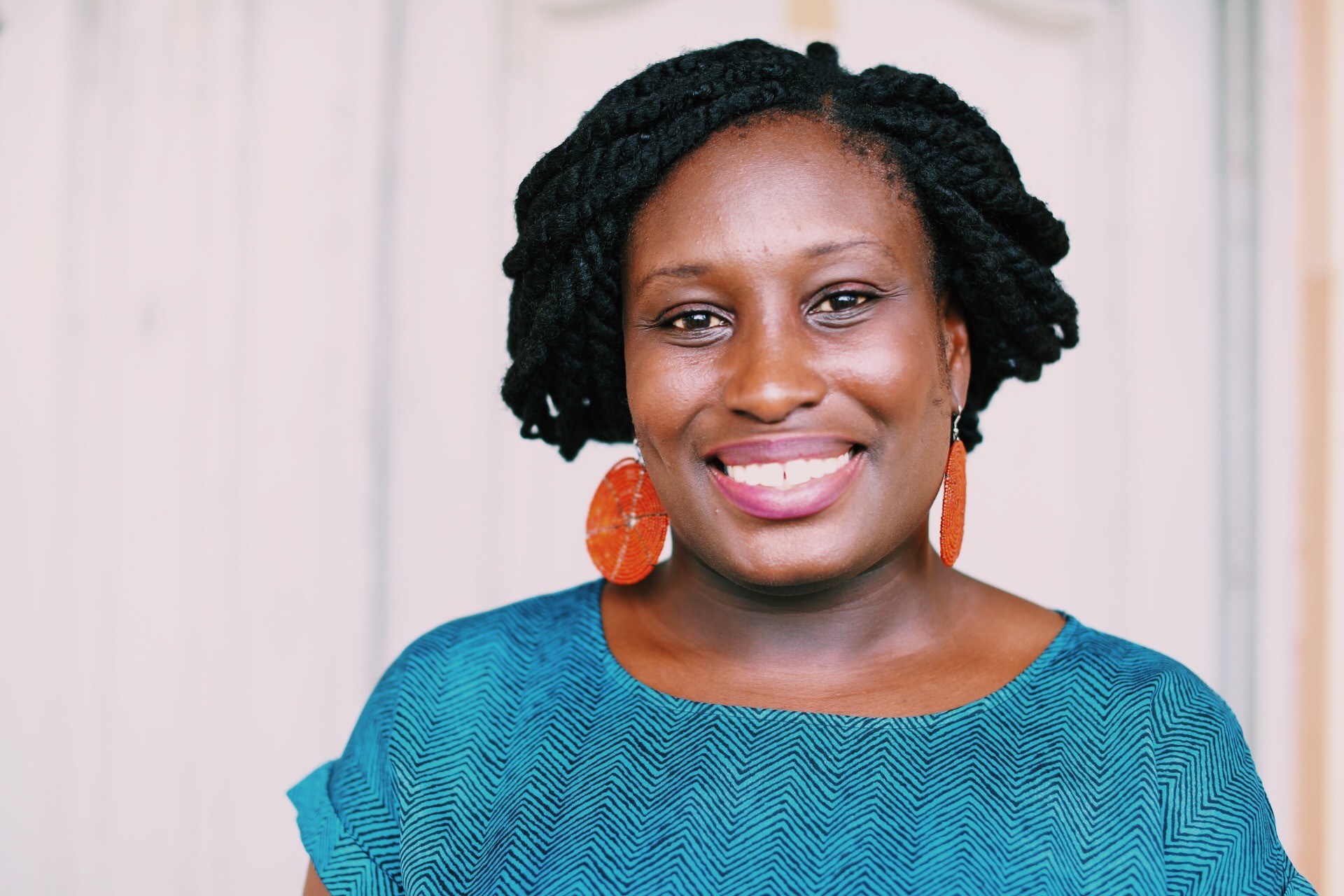
Jeremy Snell | International Justice Mission
Six years after that first rescue, IJM in Ghana now has a staff of 23 people. IJM in Ghana has trained 19,000 government employees, made 189 arrests, won 38 convictions, and rescued more than 300 children. Of course, the traffickers have adjusted. Many have moved into more remote, hidden areas on Lake Volta. The marine police face greater threats of violence, and they still have no boats of their own for patrols. And considering the thousands of children still lost to the trade, 300 seems a drop in the bucket.
“In human eyes, it is too hard, it is impossible,” says Budu. But “God’s heart is close to each and every single child who is in this situation. What gives me hope is seeing the transformation in these young lives: from a life of darkness, a life of pain, a life of suffering, feeling that I’m not worth anything, feeling that nothing is ever going to come of me and my life is going to end here on a tree stump in the middle of this deep, deep lake—to all of the sudden one day all that’s changing.”
“In a humble way,” she says, “we are bringing God’s light to the darkness.”
Cover Photograph by Jeremy Snell | International Justice Mission
Enjoying the Globe Issue?
Order your Deluxe
Print Edition Today!
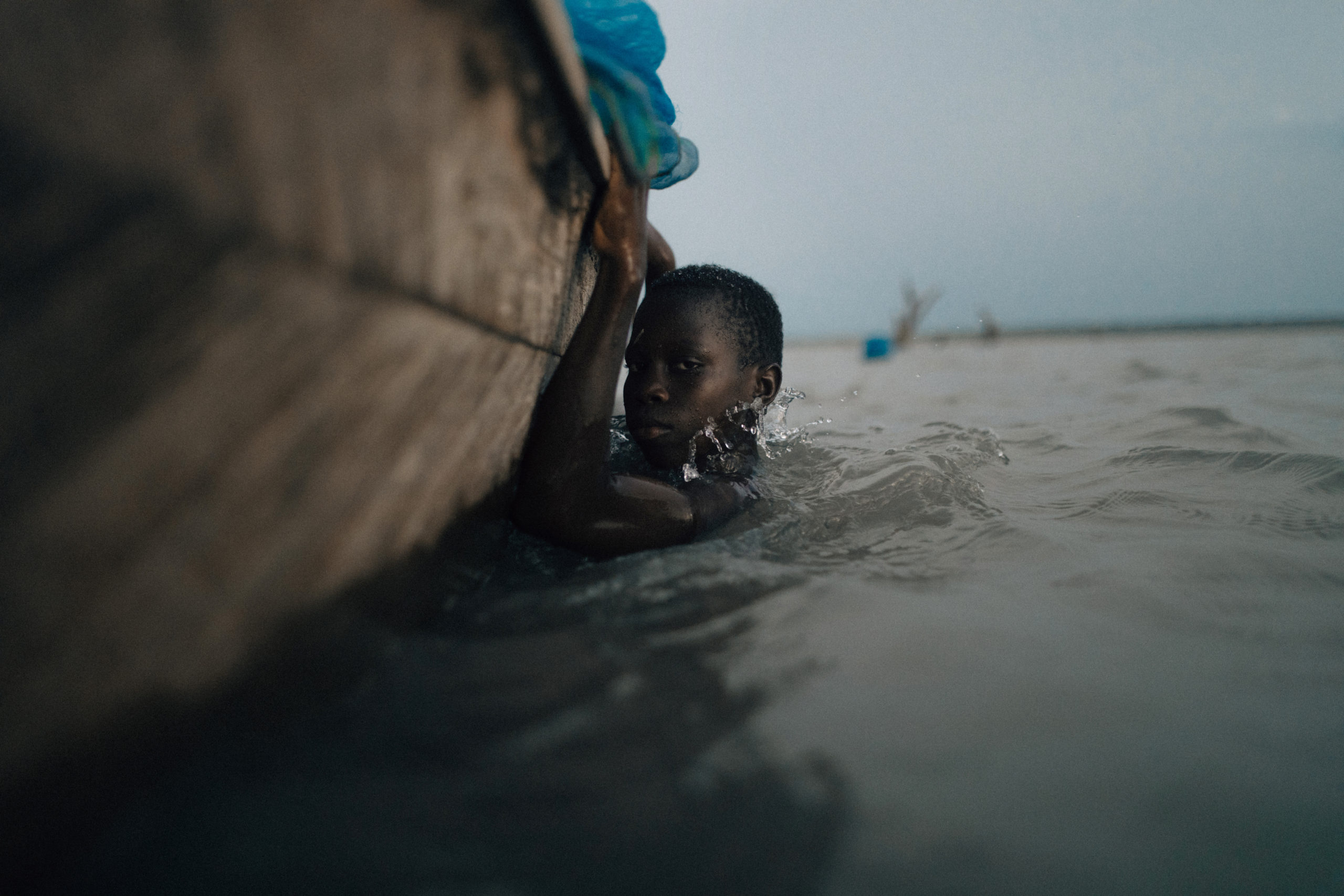







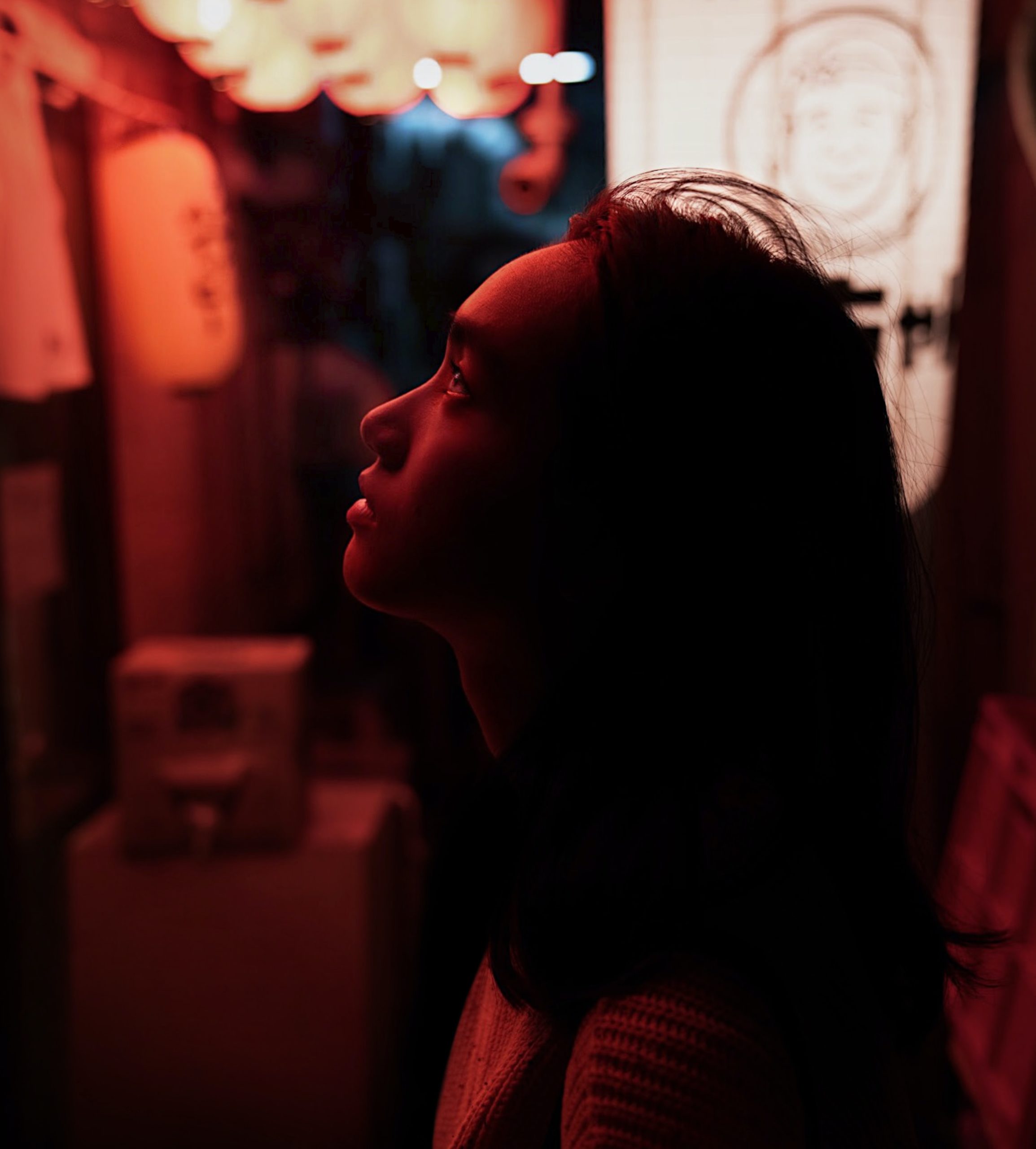
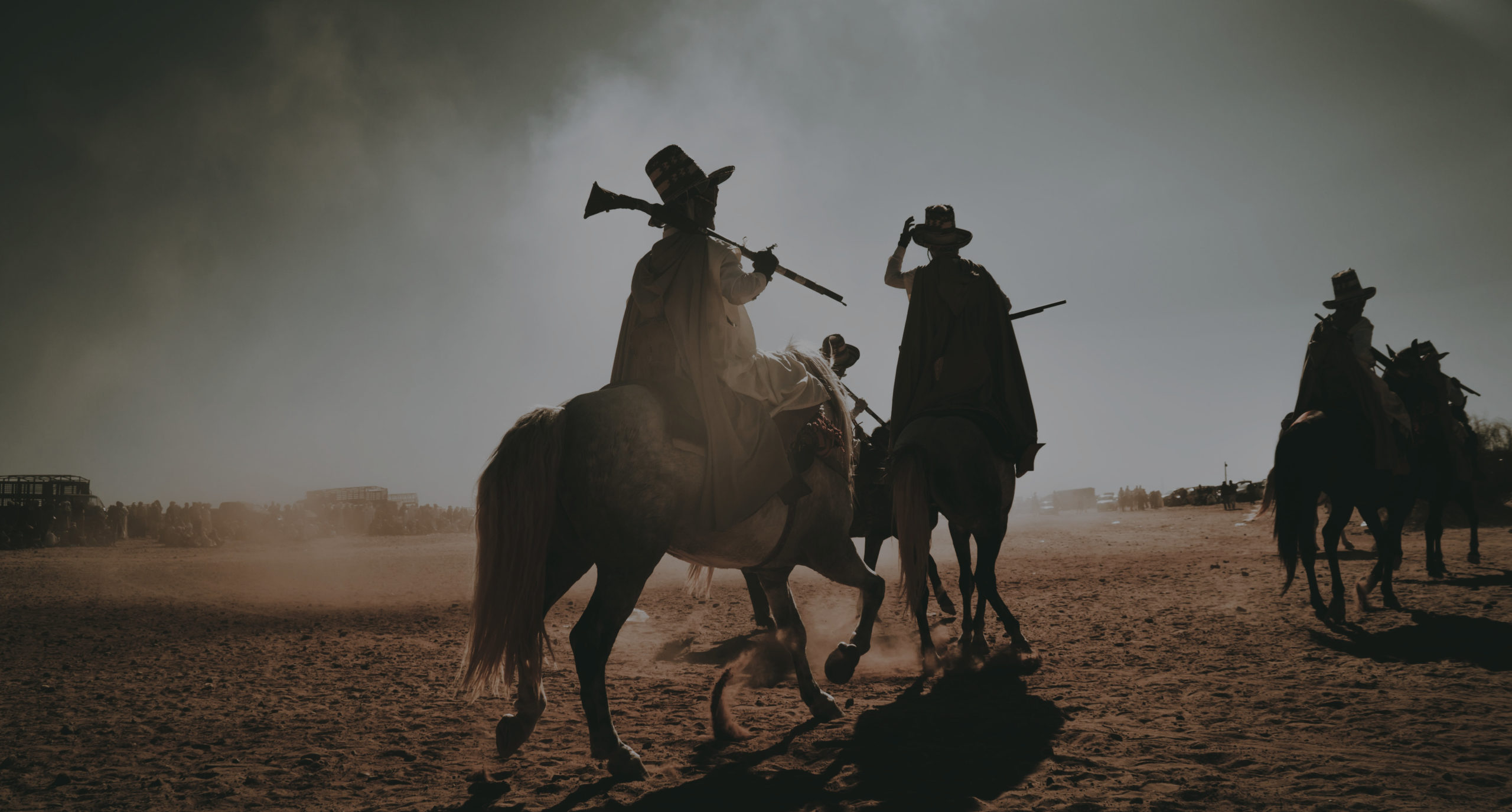
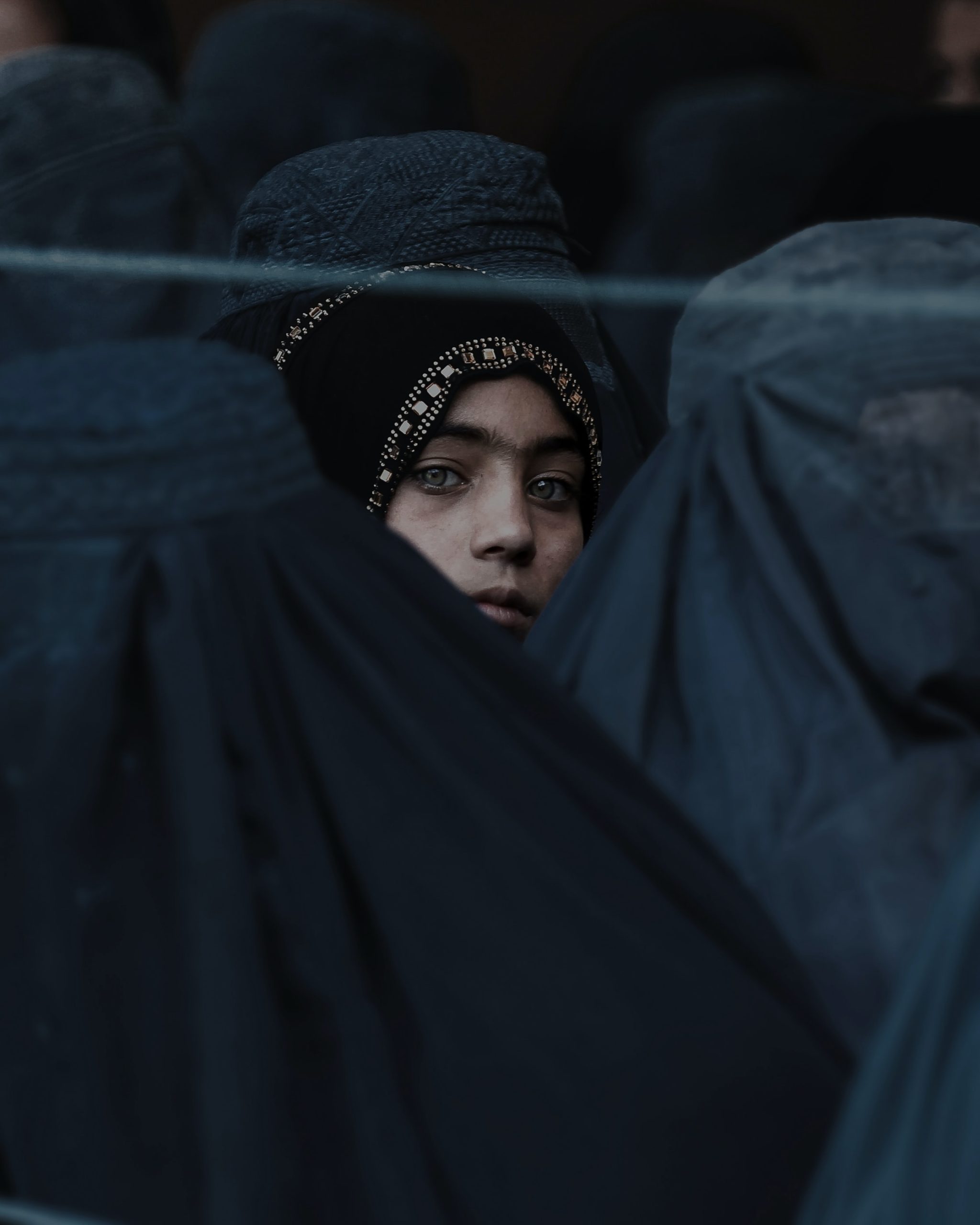
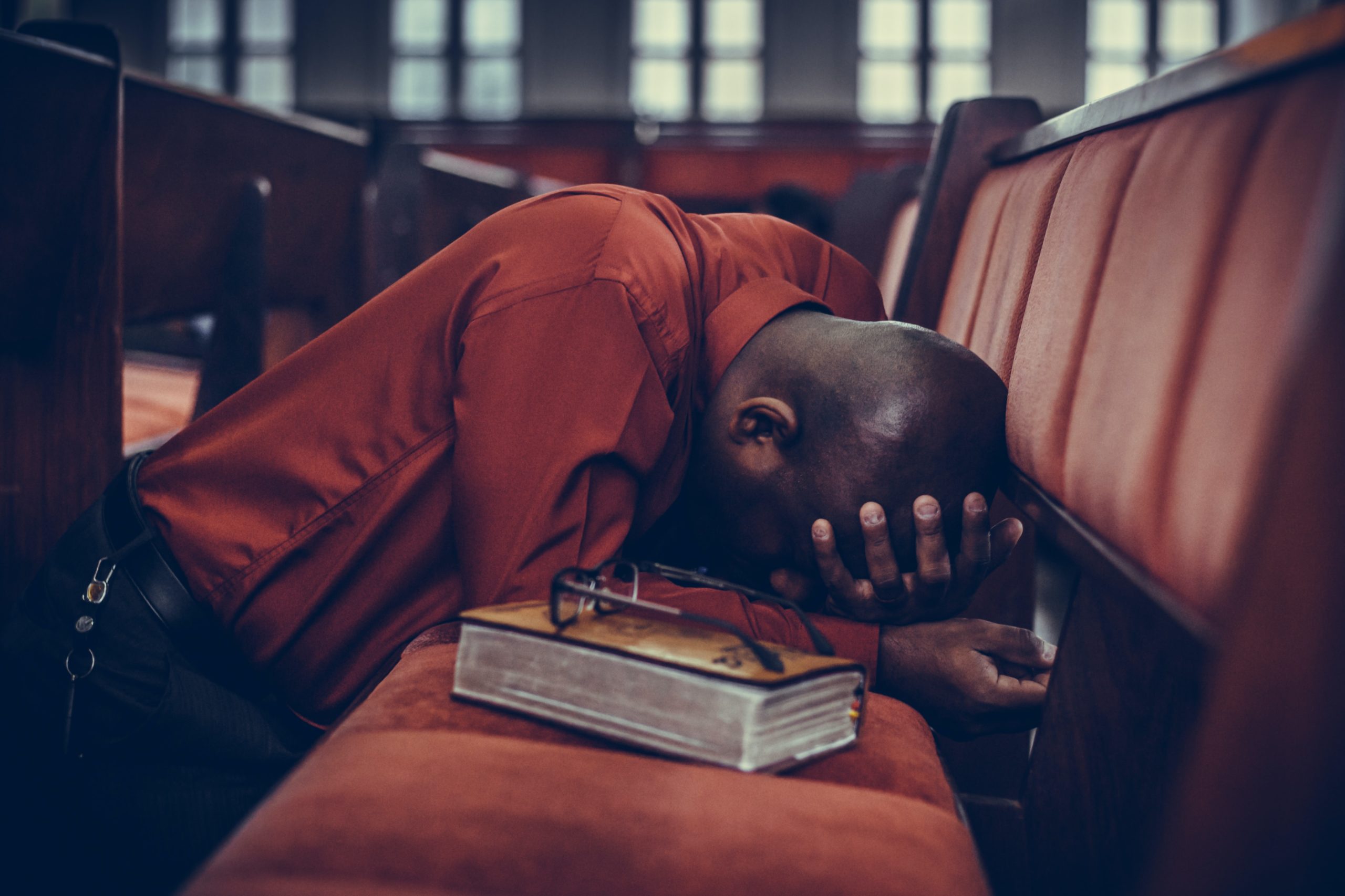
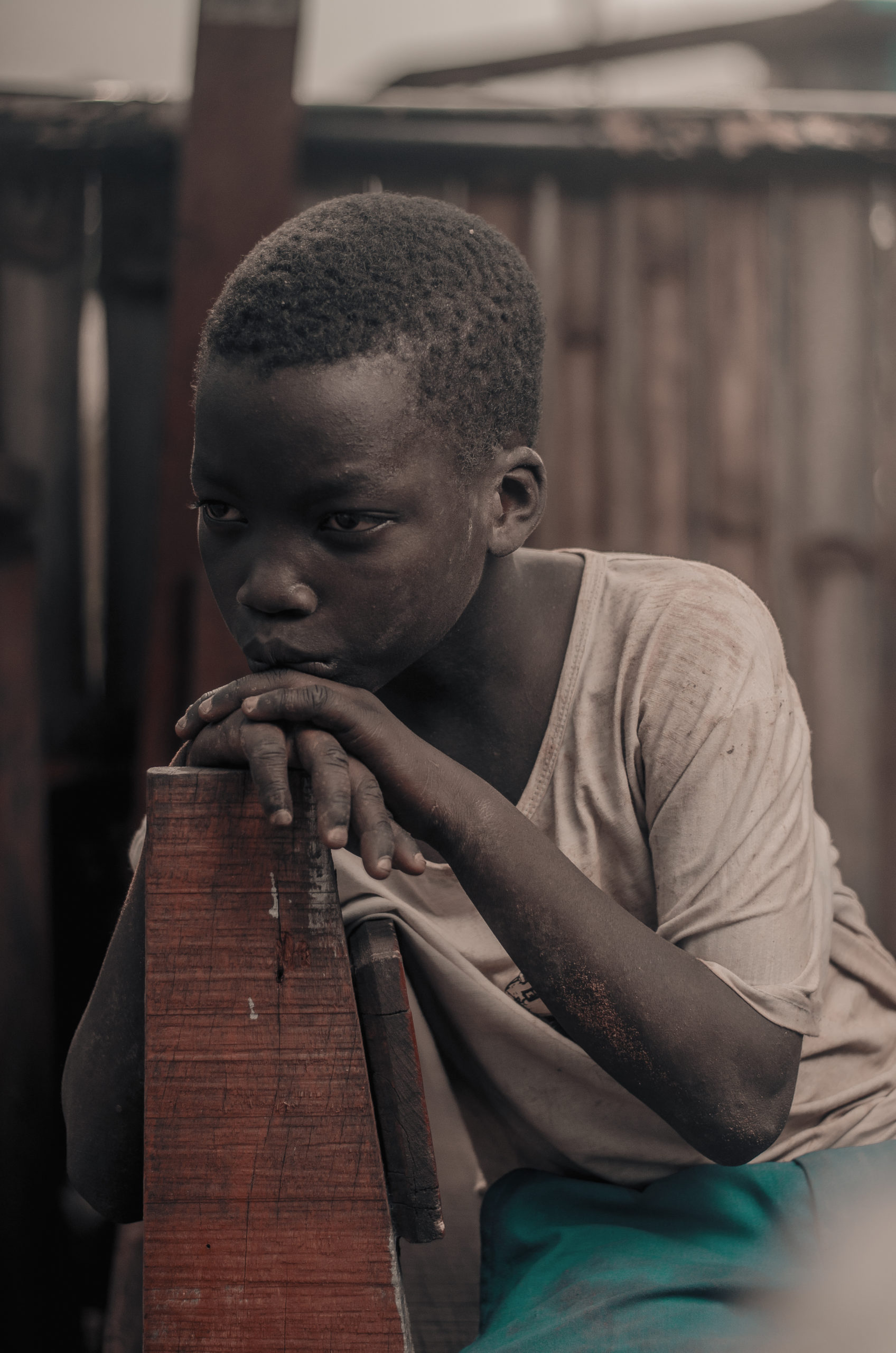

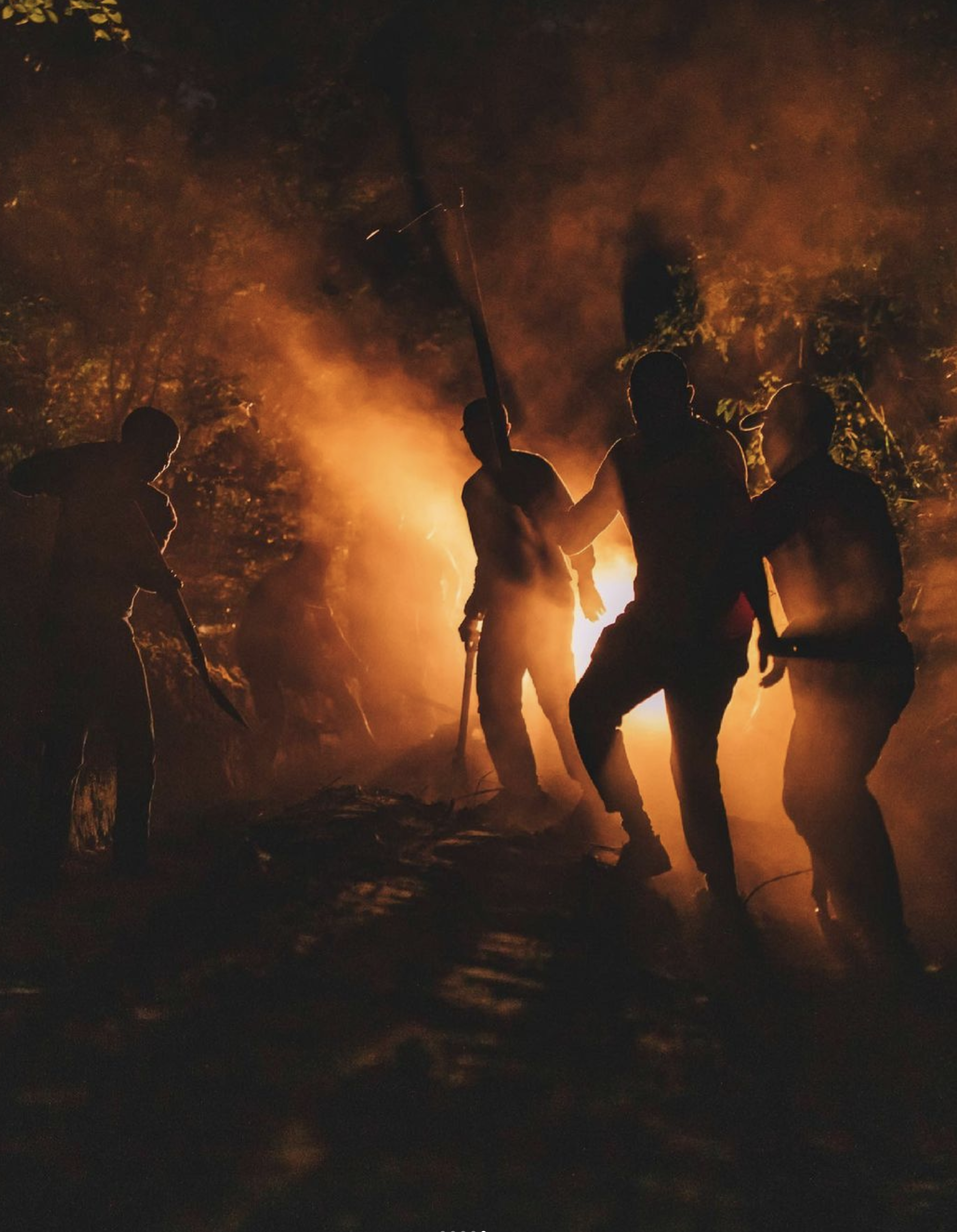
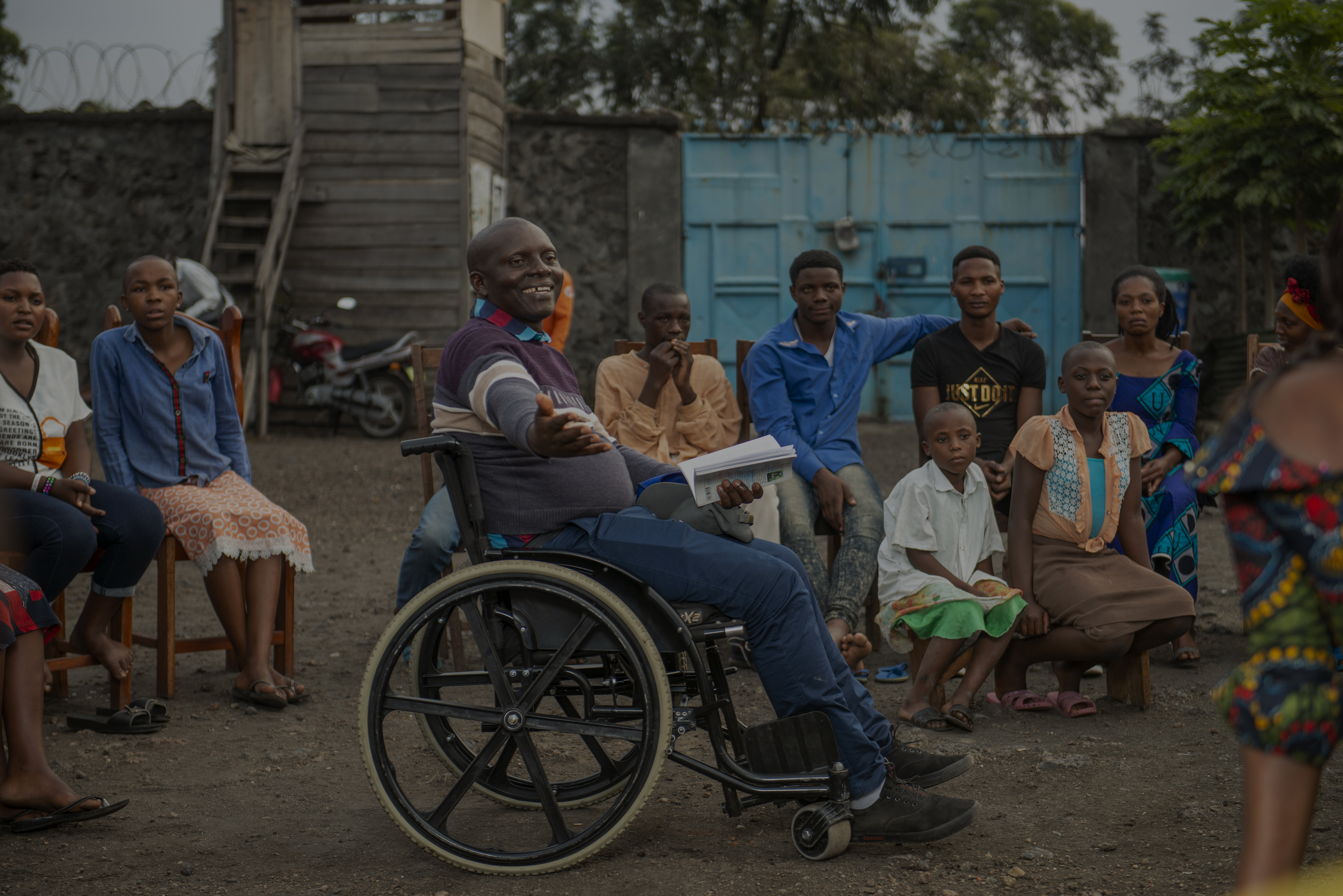
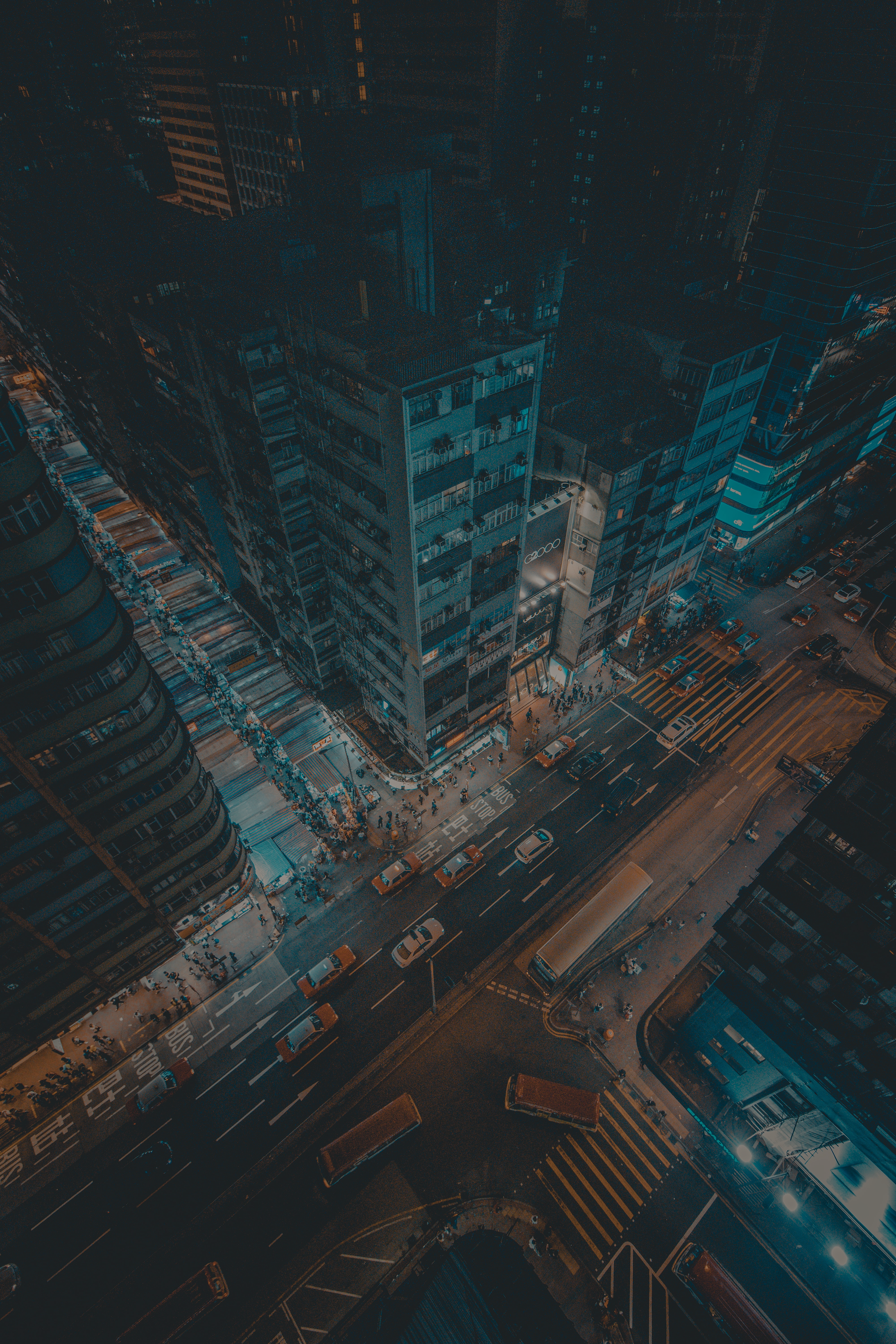




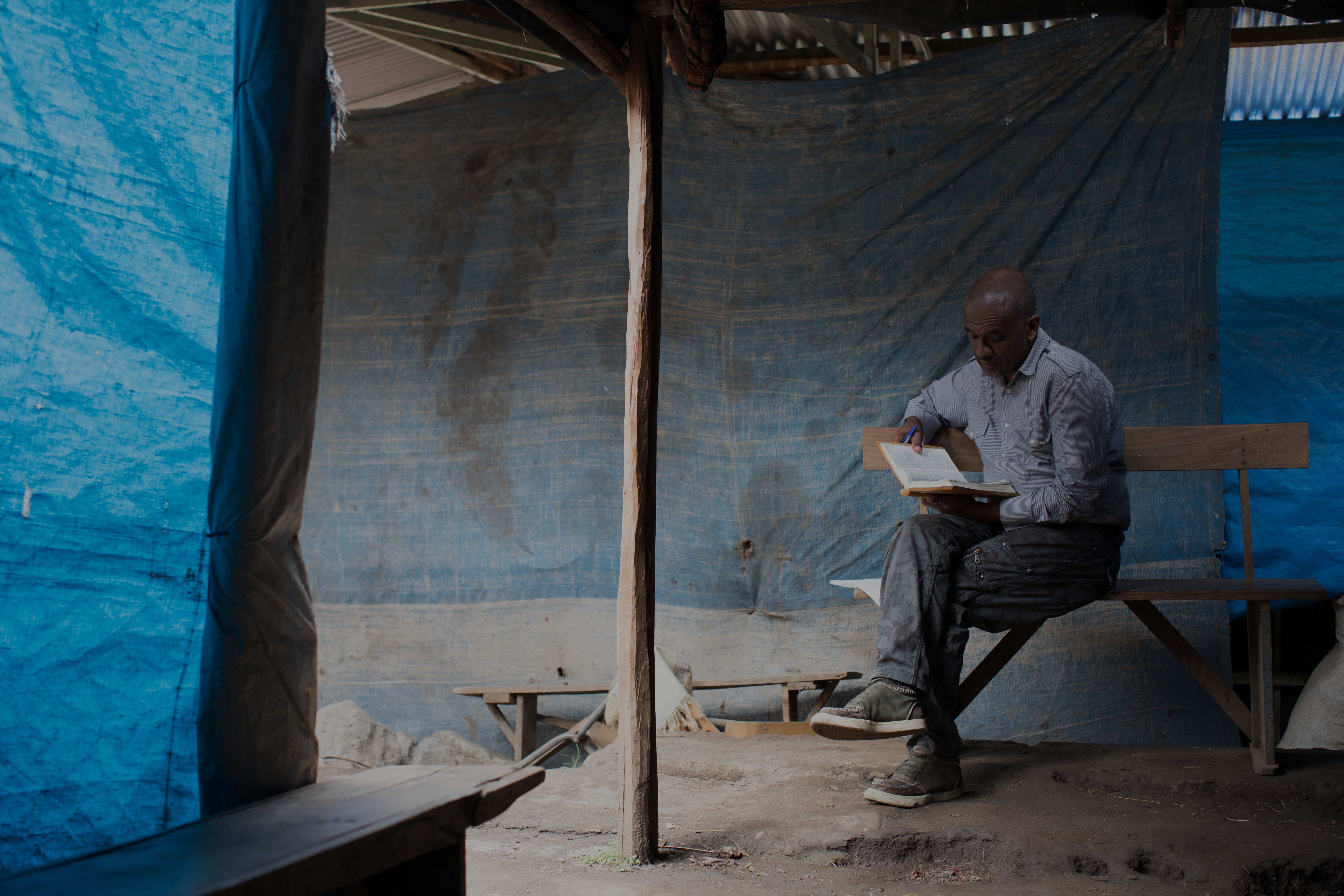
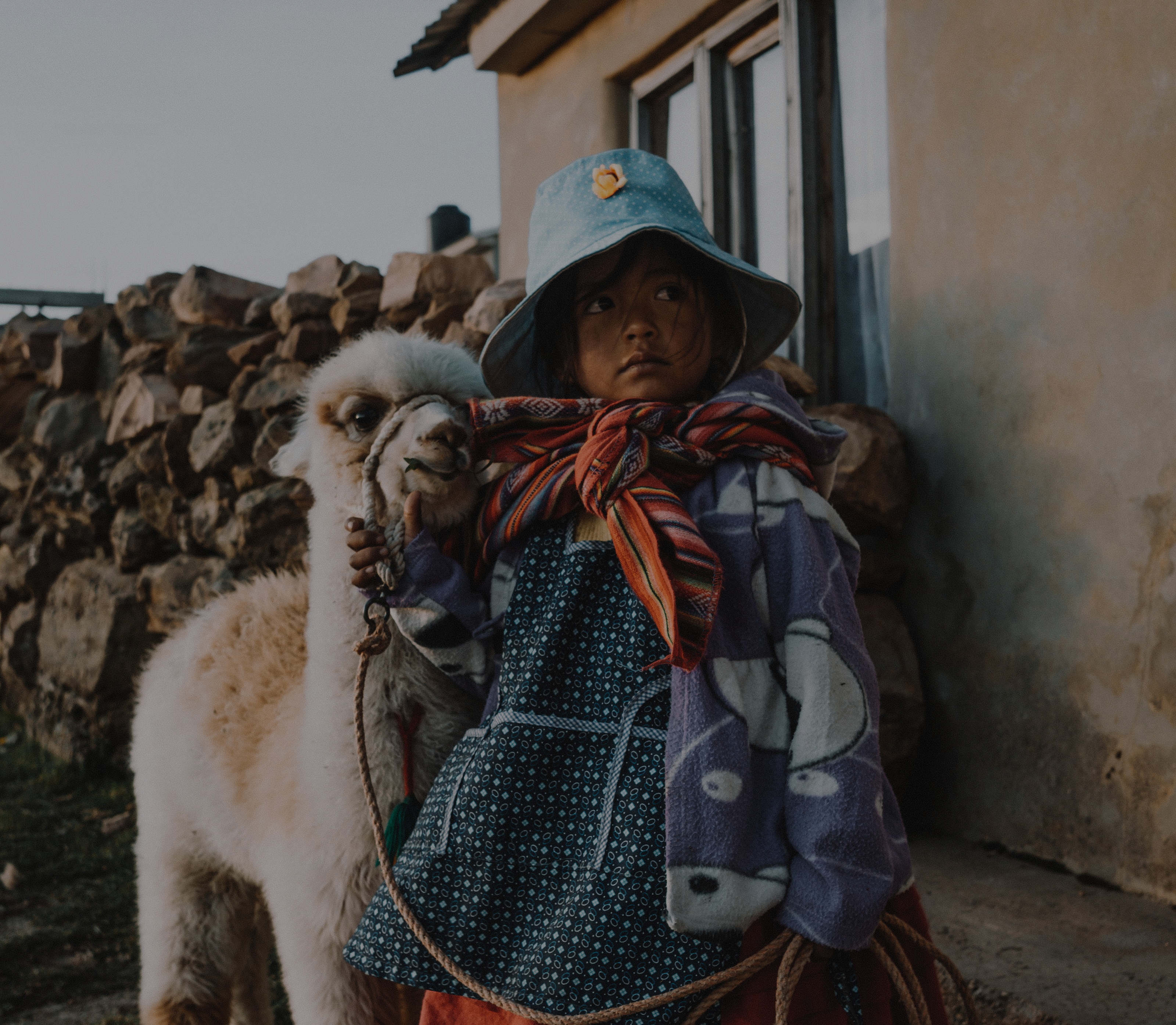
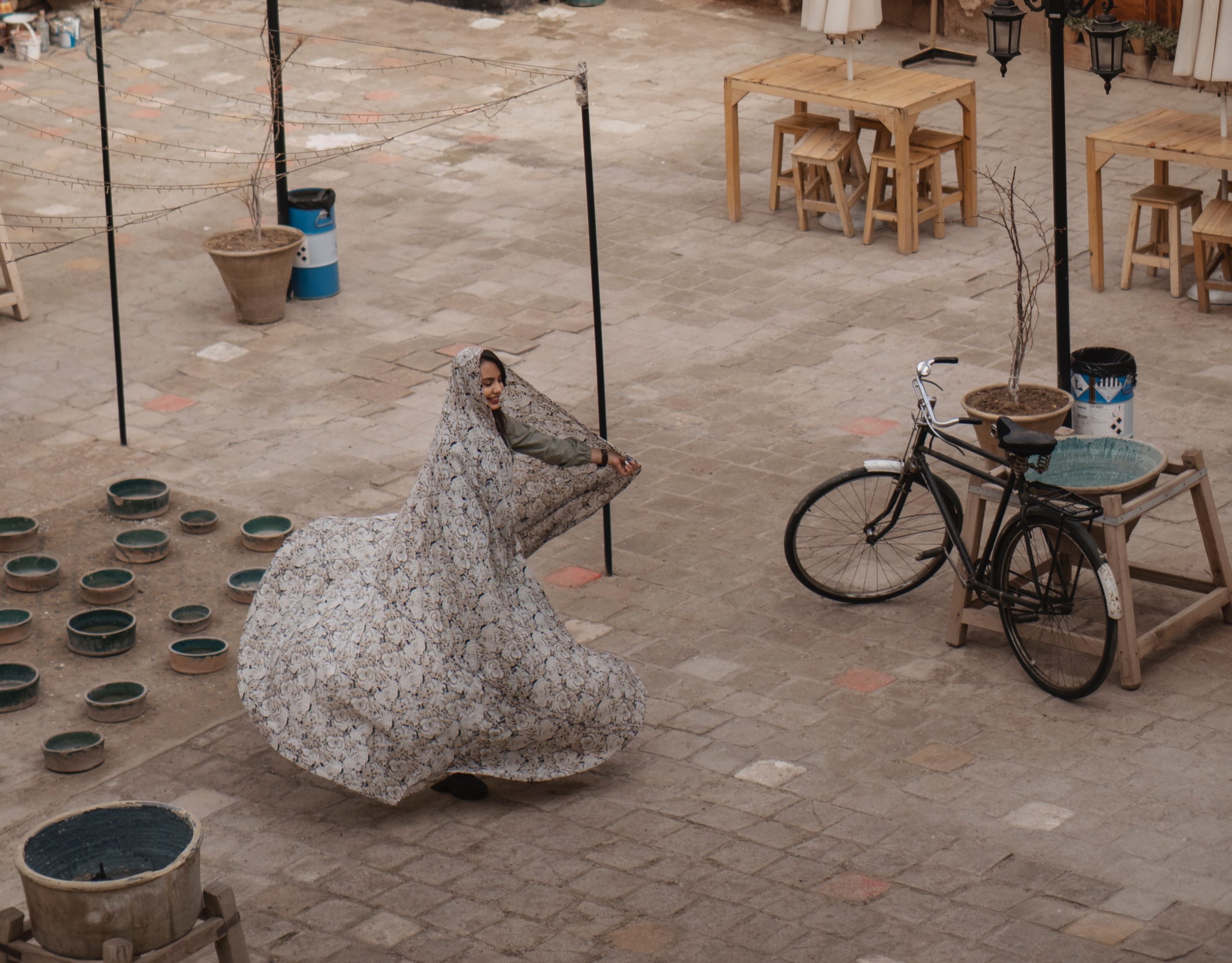
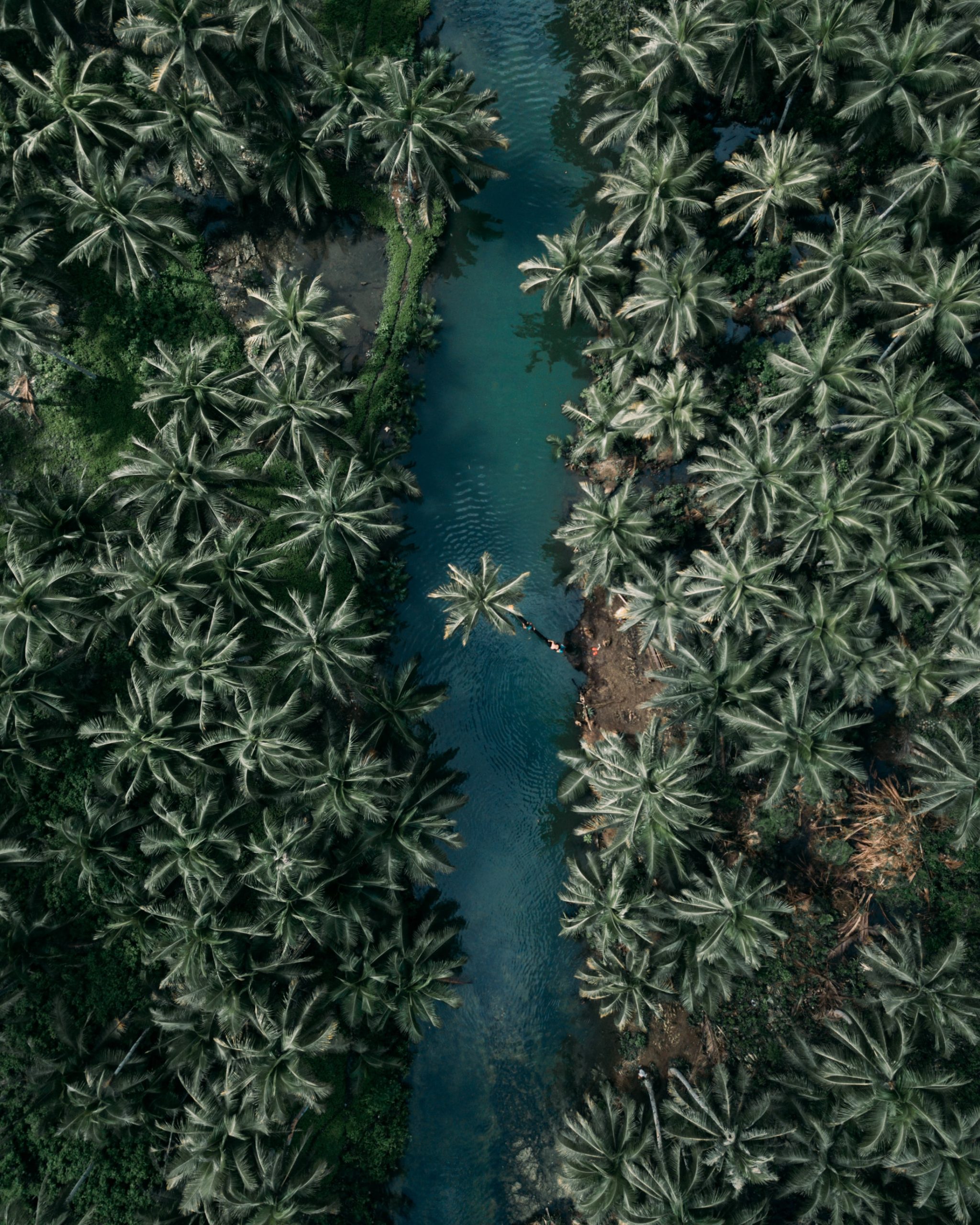
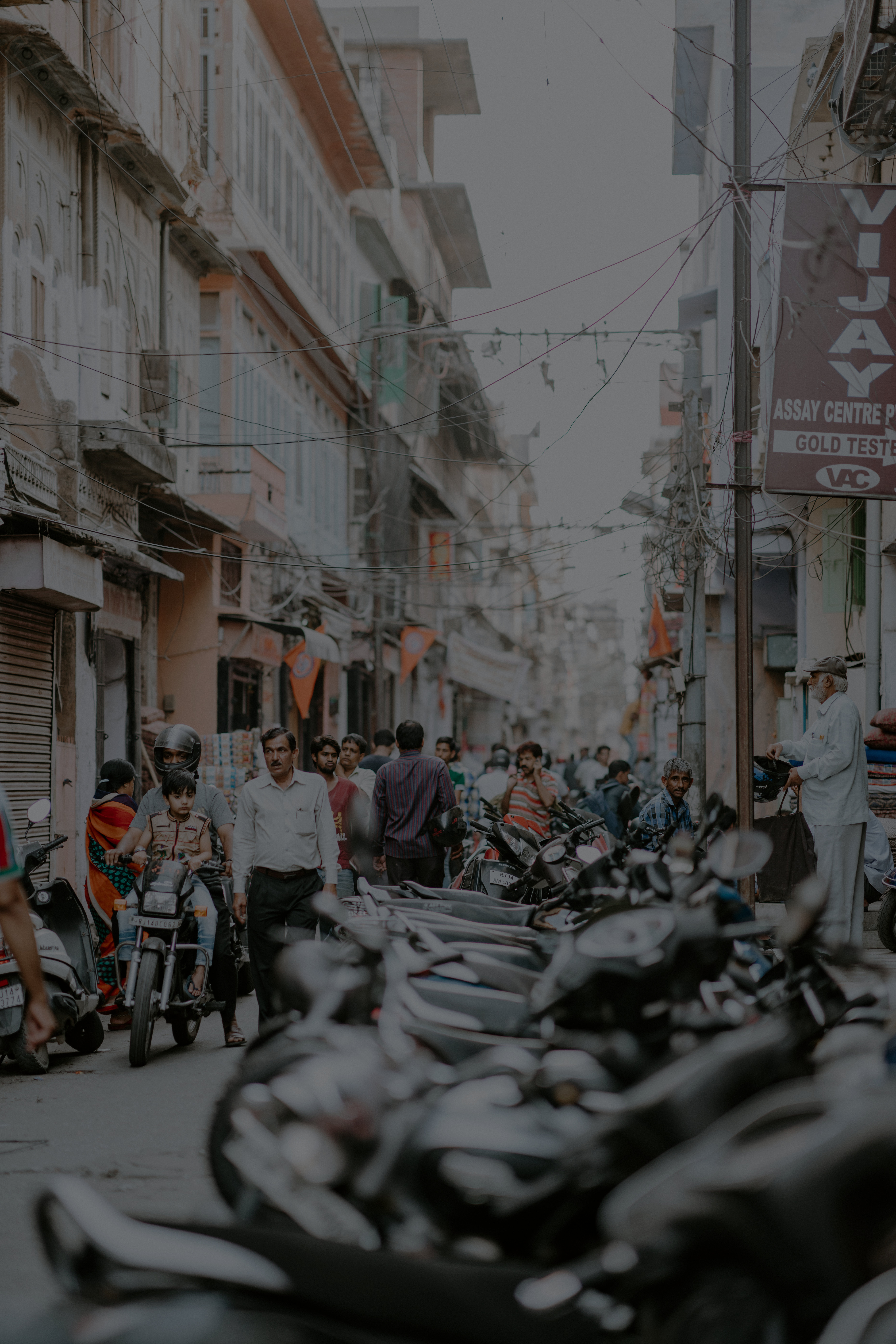



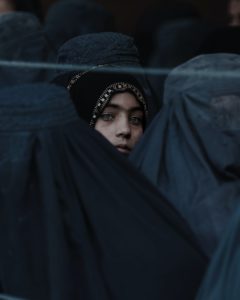
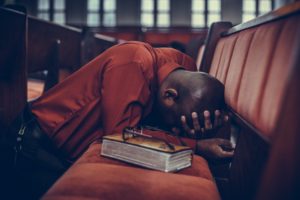
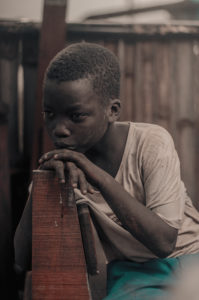
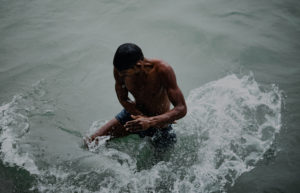
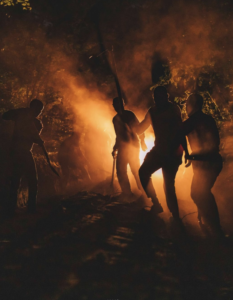




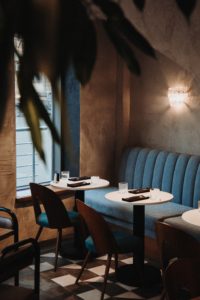
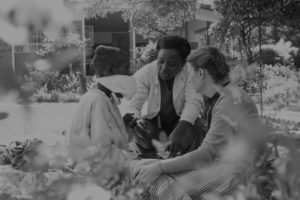
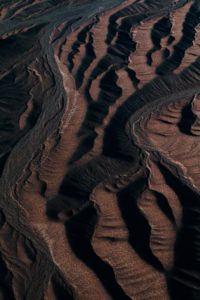
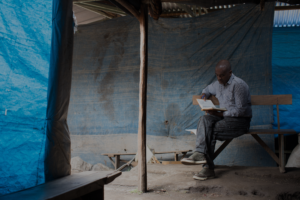

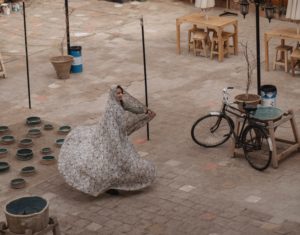
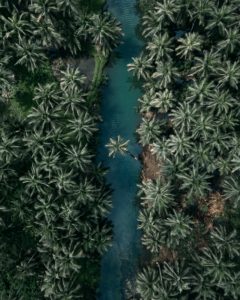

Share Article